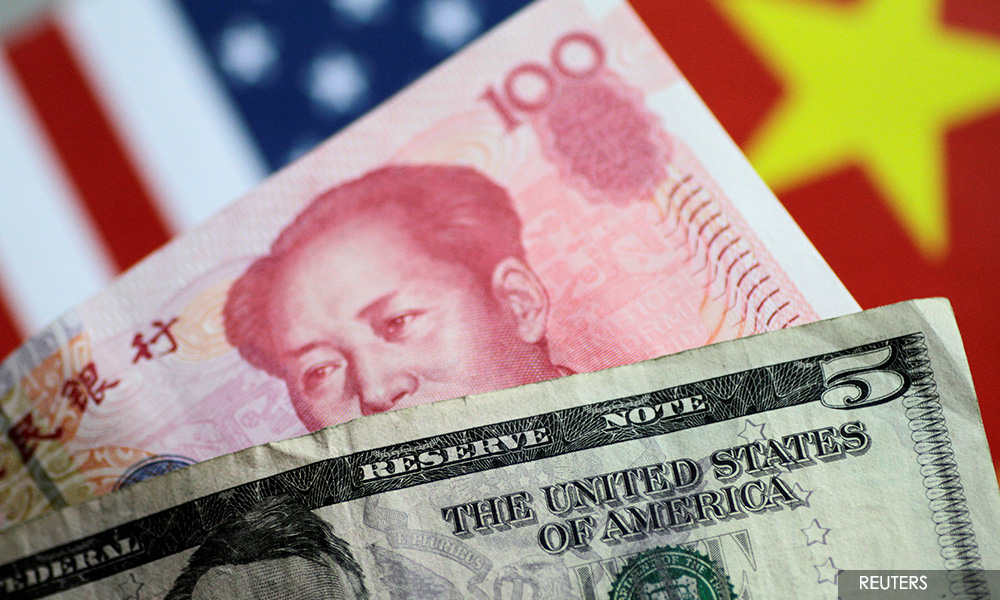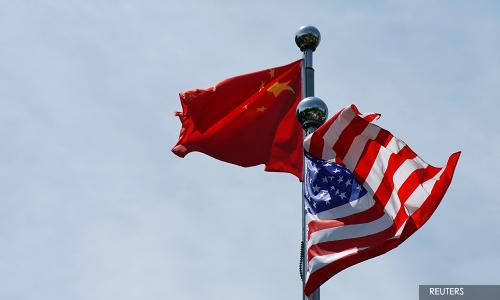How the US-China trade war has fractured Asia’s supply chains
COMMENT | The US-China trade war is more than a year old now, with no end in sight. While it is never too late (or too early) to end a trade war, there are some impacts that may be irreversible.
Once it became clear that the dispute was more than transitory, investment started being diverted away from China and mainly into Southeast Asia. In fact, Malaysia is one of the countries that hopes to gain from this diversion of capital. Investments into and from the US have also been affected following China’s retaliatory tariffs.
There are significant costs associated with this restructuring. The move itself incurs fixed costs, some of which will be sunk. There is also the potential increase in variable costs associated with shifting production simply to avoid tariffs. While the former is one-off, the latter is an ongoing increase in production costs. Taken together, these costs will be substantial.
But how can a 25 percent tariff justify such a costly move? The fact that it is taking place suggests at least two factors are at play, which may have been missed or misunderstood.
Nominal versus effective tariffs
The first relates to the difference between nominal and effective tariff rates. We only hear about nominal tariffs, such as the 25 percent rate frequently quoted in the media, and this would be fine if not for the fact that most Chinese (and US) exports are produced as part of global value chains. This is relevant because only a small share of the value of a so-called Chinese (or US) product may have been actually produced in China (or the US).

An example would illustrate the point. The Fung Global Institute and WTO together estimated that only about 10 percent of a US$425 jacket made in China and sold in the US actually accrues to the Chinese. So, while Trump’s 25 percent may be applied on the total value of the product, it is being penalised because one-tenth is produced in China. Therefore, a 25 percent nominal tariff results in a 250 percent effective tariff on Chinese value-added.
Unless shifting production away from China raises costs by more than 250 percent (not 25 percent), firms are likely to shift production to another country. That’s 10 times the margin implied by the nominal tariff rate. The same principle applies to the location of production by US firms exporting to the Chinese market, where they face retaliatory tariffs.
But for goods with high Chinese value-added shares, the effective tariff may not justify a relocation. In fact, the higher the Chinese value-added share, the smaller the difference between nominal and effective rates. In these cases, transhipment may be pursued to avoid the tariff. This occurs when Chinese exports undergo minimal processing — sometimes just relabelling — in a third country and are re-exported as if originating from that country.
US Customs and Border Protection has already identified Vietnam, Malaysia and the Philippines as transhipment points. Although illegal, transhipment reduces but does not eliminate, the efficiency loss due to the disruption to supply chains. The US Department of Commerce has started imposing additional punitive duties on goods it deems to have been transhipped.
The trade war is a symptom
The second reason could relate to how the current dispute is being viewed. If it is seen as a symptom of larger, underlying issues at play, such as a geopolitical struggle for global economic dominance, then it will not end here. Chinese multinational corporations (MNCs) and foreign MNCs operating in China that feel the tensions will persist and find new forms of expression will continue restructuring their production in order to diversify long-term risks.
These two reasons can explain how a relatively small tariff has permanently fractured Asia's supply chains.
Déjà vu?

If any of this sounds familiar, it may be because a similar dispute took place just over 30 years ago between the US and Japan, which was also triggered by a large bilateral trade imbalance. Then, the punishment for Japan came in the form of a forced appreciation of the yen through the Plaza Accord. Japan responded by moving labour-intensive segments of manufacturing production to lower-wage destinations in Southeast Asia, giving birth to ‘Factory Asia’.
In the process, Japan was able to retain its export competitiveness through efficiency gains and by circumventing some of the currency revaluation effects.
It was also able to shift a part of its export surplus to the balance of payments accounts of the countries it had invested in, thereby appearing to shrink its bilateral surplus with the US. China may try and do the same.
But there is an important difference with the current US-China trade tensions. The embedding of Asia into global value chains benefitted consumers around the world and raised world incomes. This trade war is having the opposite effect. Although some countries like Malaysia may gain in the short run, the world loses. And the fallout could continue for a long time yet, even if the dispute ends soon.
JAYANT MENON is the lead economist (Trade and Regional Cooperation) at the Office of the Chief Economist, ADB. E-mail: [email protected]
The views expressed here are those of the author/contributor and do not necessarily represent the views of Malaysiakini.
RM12.50 / month
- Unlimited access to award-winning journalism
- Comment and share your opinions on all our articles
- Gift interesting stories to your friends
- Tax deductable
